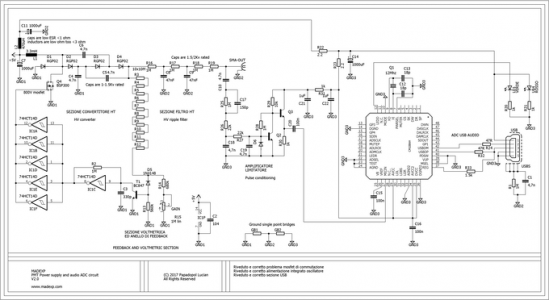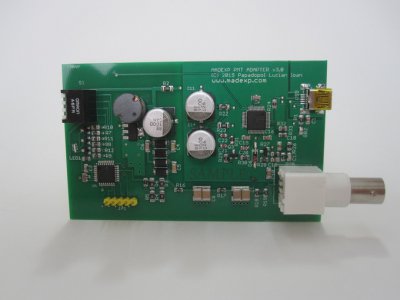- Joined
- May 27, 2016
- Messages
- 3,480
Nope - definitely no automated translator funny. Just reach back to your math Greek symbols.Passport, eh? It's gotta be the output of one of those amusing automated translator programs. Some of the Theremino publications are hard to figure out as well, probably for the same reason.
ПАСПОРТ
The П is a Greek capital Pi, as in Raspberry.
The А is exactly what you think it should be
The Р is a Greek Rho, as in "R"
The Т is a "T" of the usual kind, another letter where the correspondence to Latin is the same, as is "O".
Also, remember the USSR was spelt СССР for Sojúz Sovétskix Socialistíčeskix Respúblik.
That was Союз Советских Социалистических Республик in Russian.
..from which I infer that the Cyrillic "C" is pronounced "S"
Not quite code-breaking, but the darn thing unquestionably spells "PASPORT"
It may have been a Soviet administrative thing from their cold-war culture. This sort of kit was perhaps not the sort of thing to be in the possession of just anybody. Maybe they just use the term to mean "identity" in the same sense as with people. Who knows?
One discovers all sorts of very sophisticated resistor divider chain in that Hamamatsu handbook. Everything about extracting the signal without noise, and whether it is to be used for "counting" as opposed to amplititude extraction. How to use DC amplifiers. How to AC couple. We note the careful way they filter and buffer the dynode voltages while not limiting the bandwidth of the output. This stuff has been developed for decades. Still quite easy to implement, but it makes the Thermino version look a bit basic. I will be putting some thought into that part.Now "all" you need is the HV supply, resistor divider chain, fast A/D and MCA S/W. The python-based stuff you found may be helpful in the latter case. Just guessing here, but I suspect you have a decent 'scope to look at waveforms. I got spoiled at work so my tastes run on the expensive side there; but, really, a 1GSPS Hantek, Rigol or Siglent should be plenty good for stuff like this.
For Si(PM), the diode current needs to be supplied carefully, so that the signal from it is from photo-induced carriers, not messed up with diode thermal and other noise.
My scope is not as fancy as a 1GS/s Rigol. It is an "older" scope, a 500MS/sec Hewlett Packard 54520A. Even well beyond the 0.5GHz, it has served well for picosecond risetime measurements. I admit it could be time for something a bit younger, but I hardly use it much. In the last 10 years, the kit was usually spectrum analyzers and VNA's from Rhode & Schwarz and Keysight. They were not mine to own. I do have a R&S analyzer FSH3 good to 3GHz, and Anritsu 20GHz analyzer, both "in need of repair". One has a burned up attenuator because some git connected it to a 150W transmitter, and the other has a display supply problem because some git plugged in the wrong polarity charger. To be fixed "someday" if I really need to.
I just knew it would work for you. The full models and reference circuits for the LT range A/D converters evaulation boards are on the Analog Devices site, but if you just peek in the LTSpice library, I think I saw some there. Now that you mention Wine - > infers you also drive more than one kind of OS.On a slightly different subject I downloaded the LTspice package and tried it with my version of Wine. It seems to work just fine.




